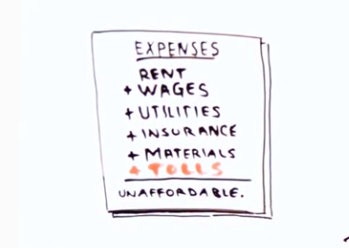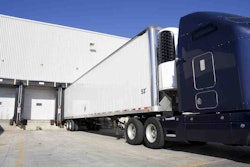 ATFI graphic
ATFI graphicAlthough electronic tolling can mitigate some challenges traditionally associated with tolling facilities, it creates a bureaucracy with its own set of inefficiencies that makes it a poor option for collecting revenue, ATFI argues.
Third-party data shows electronic tolling can consume up 20 percent of revenue collected for administration, operation, and enforcement costs.
Administration costs: Under electronic tolling, the billing process for non-transponder owners and those who do not voluntarily sign-up for “pay-by-plate” requires creating paper bills that are sent through the mail.
Instances throughout the country have been reported of electronic toll systems over-billing, sending bills to the incorrect person, and simply not sending bills to users at all. The system may save time on the road, but it wastes time and resources away from the road through increased bureaucracy.
Enforcement costs: Toll avoidance can significantly increase under electronic tolling. In the year since New York State converted to cashless tolls on the Henry Hudson Bridge, the amount of uncollected tolls jumped 785 percent. According to the North Texas Tollway Authority (NTTA), in 2012, revenue from over 7 percent of the total users of NTTA tolls roads was never recovered due to evasion and other collection problems. In New Orleans, the cost of an amnesty plan to collect past due tolls exceeded the amount collected by $225,000.
2. The trucking industry is not the only business community opposed to tolls >>









